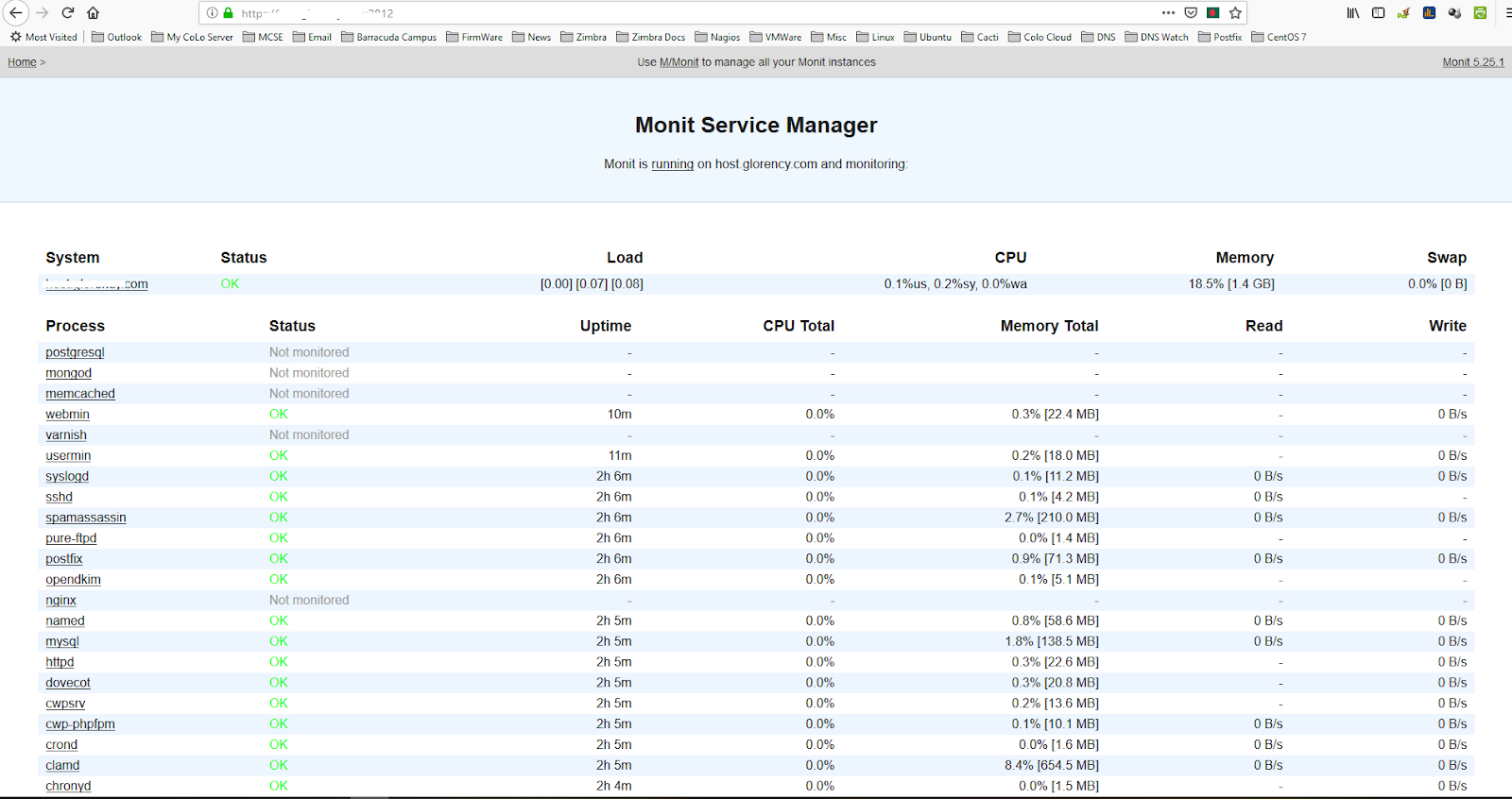

The Windows Service Monitoring page searches for policies that match the text, including partial matches. To filter by parameter, enter text into the desired filter-while-you-type field. Only policies that meet all the filter criteria will be displayed on the Windows Service Monitoring page. You can filter the list on the Windows Service Monitoring page by one or more parameters. SL1 will not collect the data specified in these policies.įiltering the List of Windows Service Monitoring Policies Enables the selected policies so that SL1 can collect the data for these policies. The associated reports (from the Device Reports > Performance tab) are also deleted. Organization for the device associated with the policy.įrom the list of policies, you can select the checkbox for one or more policies and choose one of the following bulk actions from the Select Action drop-down at the bottom right of the page: Device category of the device associated with the policy. This is the IP address SL1 uses to communicate with the device.

IP address of the device associated with the policy. Name of the device associated with the policy. Whether the policy is enabled or disabled. Unique, numeric ID, assigned to the policy automatically by SL1.

For example, you might want to execute a script if a service has crashed the script could execute the steps required to cleanup any problems before restarting the service. The script must reside on the managed device, in the directory "c:/program files/snmp informant/operating_system/spawn". SL1 triggers the execution of a script on the device. For a Windows service-policy, SL1 can perform one or more of the following service actions: If an unwanted service is running on a device, SL1 can automatically stop the service. If a service with a startup-type of "automatic" fails on a device, SL1 can automatically restart the service. Generally, critical services are defined with a startup-type of "automatic" to ensure that the service is always available. On their local devices, Windows services can be defined with a startup-type of "automatic." This means that the service is started automatically when the local device is booted. Name of the service that is monitored by the policy. The Windows Service Monitoring page displays the following information about each Windows service monitoring policy: You can view the list of Windows service monitoring policies from the Windows Service Monitoring page ( Registry > Monitors > Windows Services). Viewing the List of Windows Service Monitoring Policies If the Dynamic Application reports that a Windows Service with a mode of "Automatic" has stopped running, SL1 generates an event and the Run Book policy automatically restarts the Windows Service. This PowerPack also includes two events and a Run Book policy. This PowerPack includes a Dynamic Application that monitors Windows Services with a mode of "Automatic". NOTE: In addition to using a Windows service monitoring policy, SL1 includes a PowerPack called "Windows Restart Automatic Services". Optionally, SL1 triggers the execution of a script (script must reside on the device).Optionally, SL1 reboots or shuts down the device.Optionally, SL1 starts, pauses, or restarts the service.SL1 generates an event if the service is not running or SL1 generates an event if the service is running.A service policy tells SL1 to monitor the device and look for the service. SL1 allows you to create policies that monitor Windows Services. To view a page containing all of the menu options, click the Advanced menu icon ( ).To view a pop-out list of menu options, click the menu icon ( ).Use the following menu options to navigate the SL1 user interface: Use the WMI Informant MIB to gather information about Windows services.Use the Windows MIB to gather information about Windows services.The Service Collection field specifies one of the following: SL1 looks at the Service Collection field in the definition of the device class.
#Monit program service check how to#
When SL1 assigns a device class to a discovered device, SL1 examines the definition of that device class to determine how to retrieve information about Windows services. Services do not require a logged in user in order to execute.ĭuring discovery, SL1 retrieves information about Windows services from discovered devices. Services can be configured to start automatically when the computer is booted. Any messages associated with the service are typically written to the Windows Event Log. These applications typically do not have a user interface or produce any visual output. Windows Services are long-running applications.


 0 kommentar(er)
0 kommentar(er)
